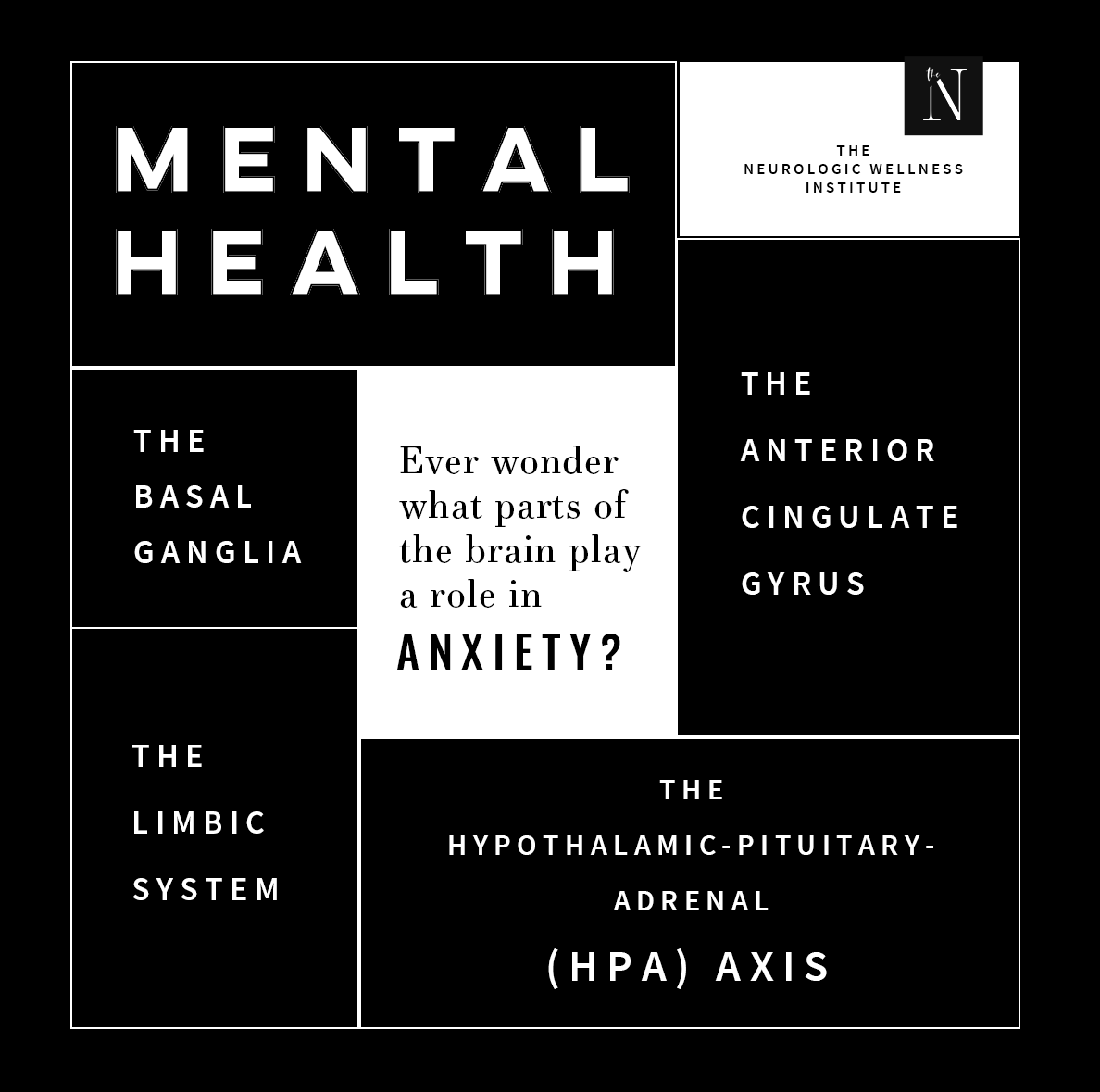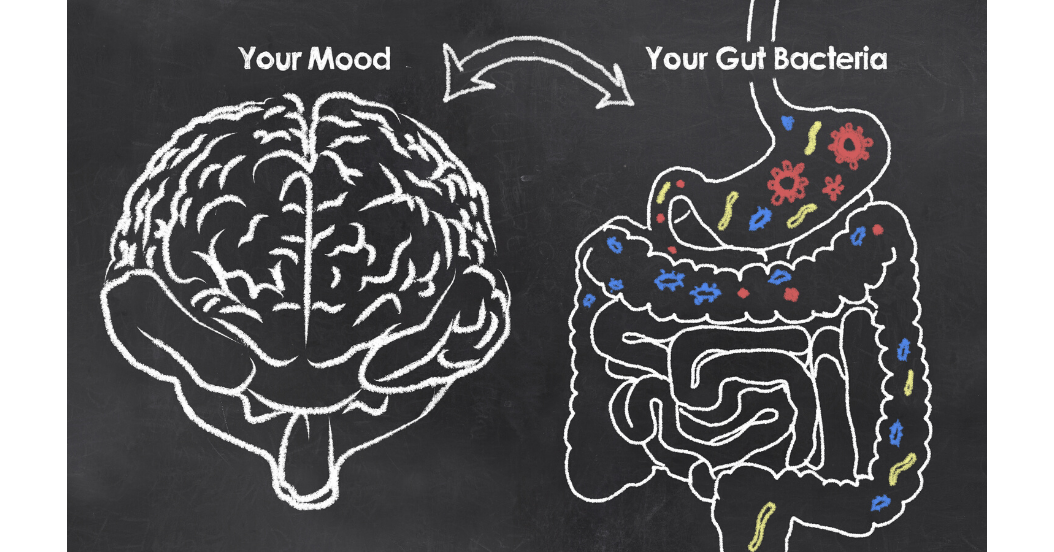First, How Common is Anxiety?
Anxiety is so much more prevalent in the United States today than is recognized. Currently over 40 million Americans suffer from some form of anxiety EVERYDAY. Anxiety is the experience of environmental stressors which is marked by continued excessive worry, feeling nervous or on edge, sleep abnormalities, difficulty concentrating, emotional swings, fatigue, gastrointestinal upset, increased heart rate, rapid breathing, and restlessness. Anxiety is not only stressful emotionally, but overtime can be very stressful physically on the brain and body.
Awareness of how anxiety can affect quality of life for both the individual experiencing the anxiety and the loved ones around them is extremely important. Anxiety is very treatable, even without medication, yet only less than 40% of those with anxiety are treated successfully and with the right approach.
Where Does Anxiety Come From?
When treating any form of anxiety disorder, it is important to determine where the anxiety is stemming from or what imbalances in the brain or body are fueling the anxiety. There are many risk factors when it comes to the odds of developing an anxiety disorder. These include:
- Genetics
- Neurochemical imbalances
- Personality type
- Traumatic life events
- Learned behavior.
It is in our opinion to approach anxiety from a top down approach. Whether anxiety is caused from environmental factors, a functional neurological deficit, or a neurochemical imbalance, addressing anxiety from a neurological standpoint has been proven to be very beneficial. This may be done by assessing electrical activity within the cortex of the brain or assessing deeper structures that may be involved.
How and Where Does Anxiety Start In the Brain?
When we get scared or anxious, the startle response is picked up by the amygdala (our emotional/fear center) in the brain. This is when we begin to sweat, our heart races, energy surges, blood pressure increases. This all occurs even before we are actually aware of the threat! We will cover more of this in our next post.
The amygdala then sends information to the thalamus. This area of the brain takes in all sensory information (except smell) and sends messages to the appropriate areas of the brain including the cortex.
Once the messages about the threat reaches the cortex, it is the cortex that decides if the threat is actually dangerous or not. If so, the response of the amygdala is reinforced and the fight or flight response continues!
Let’s take a look at the function of brain structures that may play a role in allowing anxiety to increase.
Structures of the Brain That Play a Role in Anxiety
The Limbic System
The limbic system is the emotional center of the brain and is responsible for tying emotional, sensory, and pain responses with memories. There is some debate as to what structures compose the limbic system. However, the limbic system is also composed of structures such as the hypothalamus, thalamus, amygdala, the hippocampus, and the basal ganglia. When there is an inappropriate amount of activation to this area (too high or too low), this system and can spiral out of control leading to conditions such as anxiety and depression. We often refer to this as a “limbic system wind-up”. The idea is to break this wind up with various neuro-rehab techniques that involve movement along with neurofeedback training that will help to balance the excessive brain waves that fuel this response.
The Amygdala
The amygdala is a small structure located in the temporal lobes and is used in analyzing different emotions that arise in various situations. It increases our stress response if something is frightening or it creates new habits or fears based on the associated reward or punishment. It lies fairly close to the hippocampus and uses the memory of emotion to help form new memories–associating them as good or bad. With anxiety, fear based emotions are often used as fuel in forming new memories leaving little room to form happy memories or create pleasant experiences.
The Hippocampus
The Hippocampus’s primary role is to form new memories from past experiences. These memories are usually full of emotion. This area of the brain is vital for storing incoming memories from our senses and the associated emotions.
The Basal Ganglia
The Basal Ganglia is a part of the brain located more centrally. It helps to integrate emotion, motor planning, cognition, and thoughts together. It controls our appropriate responses to different forms of stimuli such as jumping when a friend yells-boo! When the Basal Ganglia experiences too much stress or too much of that “boo!” type of experiences, it remains wound up only making anxiety worse. Specific neuro-rehabilitation therapies can be aimed at calming the basal ganglia, allow it to respond to the environment more appropriately, and therefore calm the anxiety.
The Thalamus
The thalamus is the structure of the brain through which all sensory information needs to go through before being dispersed to the appropriate relay stations in the brain. Any type of stimulation involving emotion must pass through the thalamus.
The Anterior Cingulate Gyrus
This area of the brain can be found through the frontal lobes which are responsible for cognitive executive function, social interaction, mood. However, a proper balance of neurotransmitters to his area is critical for proper function. If anemia, poor gut health, nutrient deficiencies such as zinc, B6, magnesium, medications, or another variable is interfering with neurotransmitter production, the anterior cingulate gyrus may suffer decreasing executive function and rational thinking allowing anxiety to take over.
The Hypothalamic-Pituitary-Adrenal (HPA) Axis
The Hypothalamic-Pituitary-Adrenal Axis is also involved in the stress and anxiety response in the brain. The hypothalamus is the center of control in our brain monitoring and regulating our internal environment. It is part of our limbic system, or the emotional center of the brain. It senses and controls our breathing patterns, digestion, immune system function, mood, fuel supply, hormonal output, body temperature, blood pressure, etc. When any or all of these are not within an ideal range, a ‘threat’ is sensed and signals are sent to prepare to fight the threat.
When a threat is suspected, the hypothalamus tells the pituitary gland that sits below it to send out hormonal messengers to our adrenal glands (hence the hypothalamic pituitary adrenal axis) to release our stress and adrenaline hormones–cortisol, epinephrine, and norepinephrine.
When a constant threat or stress from anxiety is sensed by the hypothalamus, it kicks into survival mode and continues to prepare the body to fight the threat until it is gone, However, with anxiety, the threat never really disappears. In fact, the continual increase in cortisol and adrenaline only increases the anxiety more leading to a very vicious cycle. The brain and the body feels as though it is ALWAYS on the run from a bear!
When this situation is present, it is best to address anxiety by removing the external stress that is causing the hypothalamus to work in overdrive. This threat can come in the form of emotional threat, brain injury, abnormal eye movements (which we actually see quite frequently), biochemical/hormonal imbalances, poor gut health, and even abnormal blood sugar control.
Many factors need to be addressed when it comes to anxiety. Presenting itself in many different ways, the origin of anxiety is quite different from person to person. The key to addressing it properly is a thorough case history and lifestyle assessment. These factors are the culprits for keeping the limbic system in constant wind up.
Feel free to contact us with questions regarding our approach to anxiety.
References:
https://adaa.org/about-adaa/press-room/facts-statistics
https://www.ncbi.nlm.nih.gov/pmc/articles/PMC3684250/pdf/nihms471273.pdf






